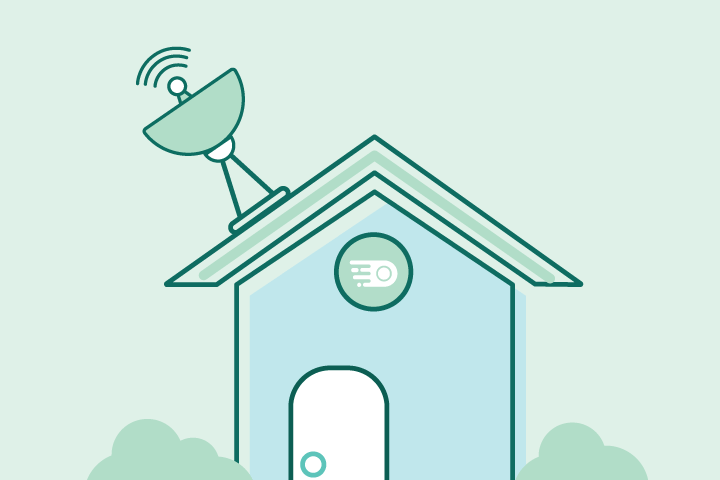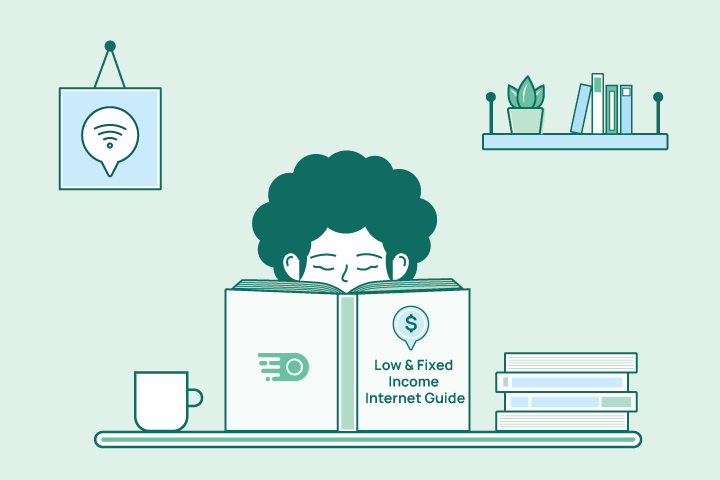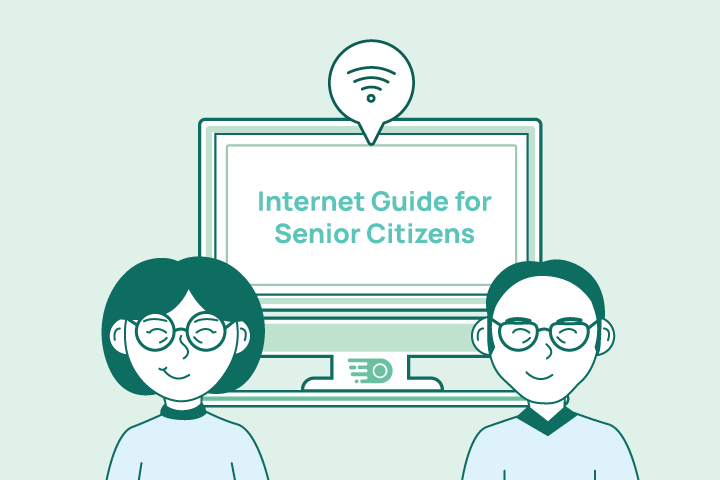Bridging the Digital Divide
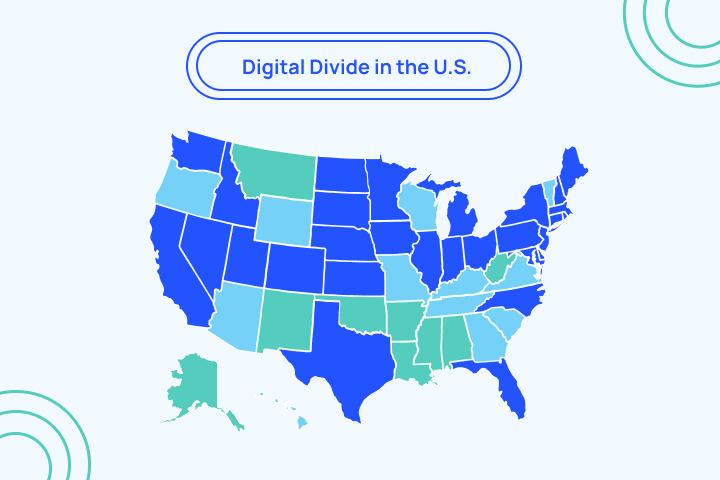
HighSpeedOptions prides itself on providing honest, quality content. While we may be compensated when you make a purchase through links on our site, all opinions are our own. Here's how we make money.
Table of Contents
We live in a digital world and it seems that with each passing year we become more and more reliant on the internet for social, educational, entertainment, and employment needs. Many residents in the U.S. are fortunate to have access to high-speed internet and digital literacy. But there are many Americans that do not. This internet access gap is what’s known as the “Digital Divide”.

What Is the Digital Divide?
The digital divide refers to the gap in accessing, using, or understanding information and communication technologies, such as broadband internet and computers. It is commonly a result of one’s socioeconomic, racial, or geographic background, which has an impact on educational, employment, and healthcare opportunities. The digital divide has significant social implications as the world’s population increasingly relies on computers and internet access. It illustrates the need for greater inclusivity and equal access to technology and digital resources.
Economic Divide
Economics is a significant contributor to the digital divide – some people simply can’t afford to buy a computer, tablet, or smartphone. According to Pew Research Center, 24% of adults with annual household incomes below $30,000 don’t own a smartphone, 43% don’t have home broadband service, and 41% don’t own a desktop or laptop computer.
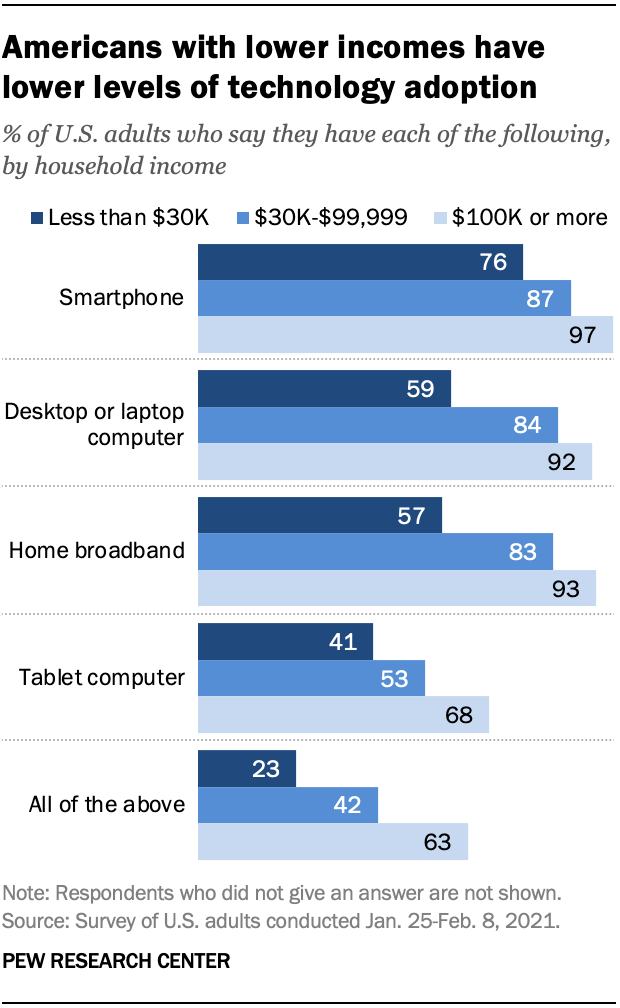
Geographic Divide
After economics, the next major contributor to the digital divide is location. According to the Federal Communications Commissions (FCC), approximately 97% of U.S. residents have access to at least one broadband internet provider. With the nation’s population hovering right around 336 million people, over 10 million residents do even have access to it, regardless of their economic status.
Who Is Affected by the Digital Divide?
The digital divide primarily affects those in rural areas, economically disadvantaged communities, the elderly, and individuals with disabilities.
- People who live in rural areas due to a lack of infrastructure and access
- Low-income households often struggle to afford internet service and technology
- People with less education are limited by a lack of digital literacy, access to opportunity, and affordability
- People of color can be limited by geographic location and economic inequality
- People with disabilities due to accessibility issues with websites and devices

Bridging the Digital Divide
So, what does it all mean, and is America doomed? Not so fast. Luckily there are internet service providers, government initiatives and programs, and nonprofit organizations doing their part to help close the gap.
Internet Service Providers
Several internet providers have assistance programs to provide discounted internet for low-income households.
AT&T Access
Access from AT&T provides low-cost internet service for eligible households. If AT&T is available in your area and your household participates in SNAP, SSI, NSLP, and other programs, you can receive internet service for $10 per month or less based on the maximum speed available at your address (up to 25 Mbps). Find out if Access from AT&T is available near you and apply.
Internet Essentials From Comcast (Xfinity)
Internet Essentials is a starter program from Comcast that provides low-income households with 25 Mbps Xfinity internet and in-home WiFi for $9.95 per month. Individuals can qualify if they are eligible for the NSLP, Housing Assistance, Medicaid, SNAP, SSI, and other programs. Internet Essentials customers also have the option to purchase a laptop or desktop computer at a discounted price.
Cox Connect2Compete
Cox is helping families stay connected online with affordable, low-income internet. With the Cox Connect2Compete program, eligible families can get low-cost, home internet with WiFi for $9.95 per month. Visit their website to see if you’re qualified and start your application.
Find a complete list of providers with low-income internet plans in our Internet Guide for Low & Fixed Incomes.
Government Initiatives
The U.S. federal government has been working to bridge the digital divide since broadband internet started gaining popularity in the early 2000s. Various bills and budgetary items have been passed throughout the years to address both the economic and geographic gaps.
The Broadband Equity Access and Deployment (BEAD) Program
On June 26, 2023, The White House announced that the federal government will distribute over $40 billion in funding for broadband internet through the $42.5 billion Broadband Equity Access and Deployment (BEAD) program. The BEAD program is funded by the Infrastructure Investment and Jobs Act (IIJA), which was passed in 2021. The goal of the BEAD program is to expand high-speed internet access to all Americans, especially those in rural and underserved areas.
The BEAD program will provide funding for a variety of projects, including:
- Building new broadband infrastructure in rural areas
- Expanding broadband access to underserved communities
- Providing subsidies to low-income households to help them afford broadband
- Providing digital literacy training to help people learn how to use the internet
Affordable Connectivity Program (ACP)
The Affordable Connectivity Program (ACP) is an FCC initiative that provides discounts on broadband internet service and devices to eligible households. Recipients can receive up to $30/month ($75/month on tribal lands) off their internet bill and a one-time $100 discount for a computer, laptop, or tablet. To be eligible, individuals must participate in certain federal assistance programs like the Supplemental Nutrition Assistance Program (SNAP), or have an income below 200% of the federal poverty guidelines. Visit the ACP portal to apply, or work directly with a participating internet provider.
Lifeline
Lifeline is a program from the FCC that makes communications services accessible and affordable for low-income consumers. Eligible low-income households receive up to a $9.25 discount on either phone or internet service each month, but not both. The Lifeline program is available in every state, commonwealth territory, and on Tribal lands. Use Lifeline’s company search tool to see if there are participating internet service providers near you.
Nonprofit Organizations for Internet Access & Tech
If you’re in need of additional resources like technology and digital training, several nonprofits offer discounted or free refurbished computers, training, and tools to find low-cost internet for low-income families.
EveryoneOn
EveryoneOn is a nonprofit dedicated to connecting low-income families to affordable internet service and computers. Use their offer locator tool to find low-cost internet and device offers in your area.
human-I-T
human-I-T is a nonprofit that provides low-income individuals and other nonprofits with technology, internet, and digital training. Use their free resources to request low-cost internet or refurbished technology.
A full list of nonprofits fighting to bridge the digital divide can be found in our Internet Guide for Low & Fixed Incomes.
The Future of the Digital Divide
It’s clear that America still has a lot of work to do to bridge the digital divide. Americans not only need access to affordable high-speed internet and communications technology, but need the tools and knowledge to benefit from both. Each year, the gap narrows, thanks to government investments like the BEAD program, initiatives like the ACP, and numerous other organizations trying to bridge the divide and raise accessibility to technology and internet services.
Find providers in your area

Table of Contents



